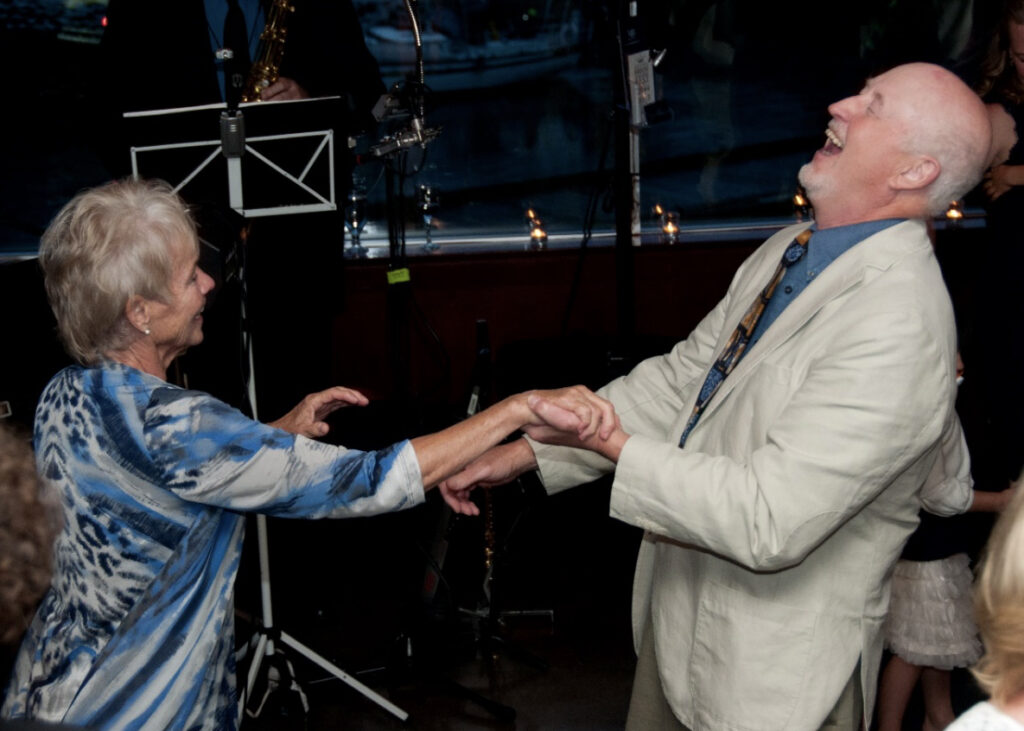Tom Jones, a remarkable scholar, beloved professor, and deeply-respected Great Basin archaeologist, passed away on November 1, 2024. Tom was a lithic specialist with a strong interest in evolutionary and ecological theory who focused on the Late Pleistocene and Early Holocene stone tool technologies of the Great Basin.
Born on August 23, 1951, Tom grew up in the rural town of Sedro-Woolley in northwestern Washington. In 1969, he attended college at the University of Denver (where he was on the golf team) and then transferred to the University of Washington (UW), earning a B.A. in Anthropology in 1973. After attending graduate school briefly at Washington State University (and worked at the Lind Coulee site), he transferred to UW, where he earned his Ph.D. in Anthropology in 1984.
Tom was one of Donald Grayson’s first graduate students at UW and he (along with several other students who became notable scholars) worked on the Steens Mountain Prehistory Project in southeastern Oregon. During that project, Tom and fellow UW graduate student Charlotte Beck fell in love with one another and both ended up writing dissertations on the prehistory of the Steens Mountain region. Tom and Charlotte got married while still graduate students and from then on became partners, both in life and research.
In 1985 Tom accepted a faculty position in the Department of Anthropology at Hamilton College in upstate New York. Here, he would spend his entire career directing multiple archaeological field schools in Nevada (Butte Valley, Coal Valley, Grass Valley, Long Valley), mentoring and training dozens of students (primarily undergraduate), and, with Charlotte, publishing some of the most robust and important studies that have ever been done on Paleoarchaic stone tool assemblages in the Great Basin. Over their careers, Tom and Charlotte provided detailed descriptions of large assemblages of Clovis, fluted, and stemmed projectile points and associated artifacts, offering insights as to how, when, and in what contexts people incorporated these artifacts in their toolkits. They also led efforts that document how people in the deep past moved across the Great Basin landscape. Their identification of lithic conveyance zones within the Great Basin was highly influential and served as a model for studies elsewhere in North America. These contributions have transformed our understanding of early human occupations of the Great Basin, as well as our understanding of peopling of the Americas.
In 2001, Tom, along with Charlotte, received an Excellence in Teaching Award from Hamilton College and, in 2023, they both were awarded the Great Basin Anthropological Association’s Founders Lifetime Achievement Award at the Great Basin Anthropological Conference in Bend, Oregon. Tom will always be remembered for his gentle nature, his willingness to collaborate and share data, his love of camping in the Great Basin, listening to 70’s rock music, and dancing with the love of his life, Charlotte.

Photo courtesy of Donald Grayson.

Photo courtesy of Lisbeth Louderback.

